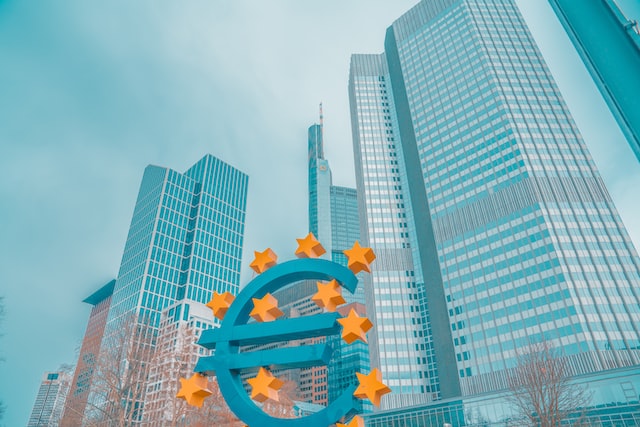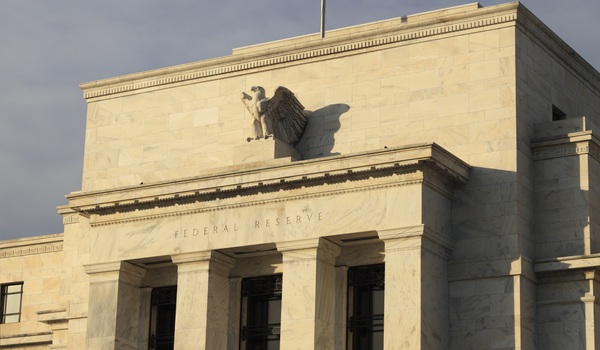Euro currency traders have a huge week ahead as the ECB and FED meetings could help set the trend for the currency and stock market over the coming weeks and months.
As such, the European central bank is expected to pull the trigger on another rate hike, despite the uncertain economic outlook. Despite softer-than-anticipated headline inflation in November, Eurozone HICP printed 10.0% year on year, and was overshadowed by an unexpected rise in core inflation 6.6% Y/Y.
The 75-basis point increase at the October meeting was supported by a “very large majority”, with some members expressing a preference for 50bps given the potential financial stability and economic activity ramifications of an “overly aggressive pace of tightening.”
This time around, a downshift to a 50-basis point increment is expected by 45 of the 62 economists surveyed by Reuters, while market pricing assigns an approximately 87% chance to such a move.
With that said, the Governing Council does not appear to be unanimous in stepping-down to a 50bps pace of tightening. Austria’s Robert Holzmann backs another 75bps increase, whilst the influential Isabel Schnabel of Germany said that incoming data thus far suggests to her that scope to slow the rate of adjustments remains limited.
Looking at banks views of the proceedings this week, ING is of the view that an “earlier and more significant” form of QT could be the compromise required by hawks in order to back a slower pace of rate hikes.”
Accordingly, the ING bank expects the ECB to “announce a gradual reduction of the reinvestments of its bond holdings under the Asset Purchase Programme (APP) at the December meeting, with the aim to stop the reinvestments by end-2023.”
ING dds that the Italian BTP-German Bund yield spread being below 190bps is probably where most would have put it before the ECB embarked upon unwinding its bond portfolio.
Looking beyond the December meeting, a further 75bps of tightening is fully priced in for 2023, and that would take the deposit rate to 2.75%, into restrictive territory, with policymakers broadly of the view that rates are “close to neutral.”
In terms of market reaction for the euro currency it really depends on the forward guidance from the ECB, and indeed if the market believes a pivot away from 75 basis point hikes will continue.
As the cold weather is set to continue until presumable April in Europe, it is likely that the energy price squeeze will continue. The impacts of Ukraine will continue to be felt while the war rages on.




